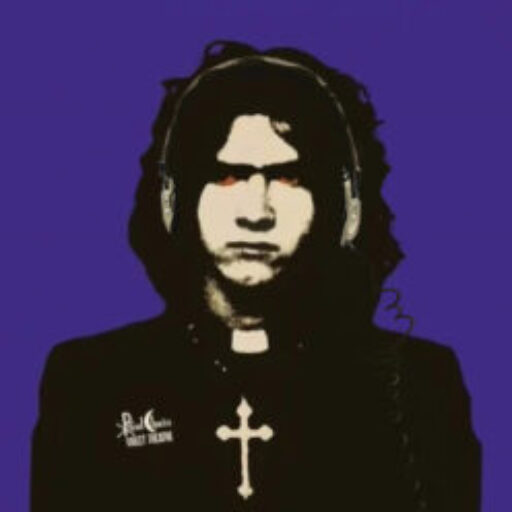CineDoom: The Lingering Terror of Hour of the Wolf (Vargtimmen, 1968)
Ingmar Bergman’s Hour of the Wolf (Vargtimmen, 1968) is a chaotic descent into paranoia and existential horror, a film that erases the boundaries between reality and nightmare. Starring the brilliant Max von Sydow as Johan Borg and Liv Ullmann as his devoted wife Alma, the film follows a tormented artist retreating to an isolated island in search of solitude. But solitude soon turns to suffocation as Johan becomes haunted by disturbing visions and strange, elusive figures who may or may not be real. As Alma watches helplessly, Johan spirals further into madness, confronting demons – both personal and possibly supernatural – that threaten to consume him entirely.
Bergman, one of cinema’s most profound existentialists, was no stranger to exploring fear, isolation, and the fragility of the human psyche. Known for deeply introspective works like The Seventh Seal (1957), Persona (1966), and Cries and Whispers (1972), he often blurred the line between the internal and external, questioning the reliability of perception itself. Hour of the Wolf stands as his most overtly “horror” film, yet it is horror in the “Bergmanian” sense: rooted not in external monsters but in the terror of self-destruction, artistic obsession, and the inescapability of the mind’s own darkness.
The Concept of “Vargtimmen”—The Hour of the Wolf
A crucial element of the film is the concept of Vargtimmen (literally “the hour of the wolf”), a term Bergman himself popularized. He described it as the time between night and dawn, roughly between 3 and 5 AM, when sleep is at its most fragile, the mind is most susceptible to fear, and when the most people die or are born. It is the hour when insomnia feels endless, when anxieties and regrets take hold, and when nightmares seem most real.
The film embodies this idea completely, not just in its title, but in its very structure. It moves with a dreamlike, liminal quality, where reality and illusion blend, mirroring the psychological state of Johan as he succumbs to his fears. The oppressive sense of dread throughout the film feels like an extended Vargtimmen, where time itself stretches unnaturally, and the viewer is trapped in the same sleepless, inescapable horror as Johan.

Madness, Isolation, and the Horror of the Mind
While Hour of the Wolf carries the weight of Bergman’s personal struggles, fears, and creative torment, it also taps into something more universal. It is a film about the artist at war with himself, about the loneliness of creation, about the unbearable tension between external expectation and internal chaos. The protagonist’s retreat into isolation, his descent into delusion, mirrors the artistic process itself, where inspiration and self-destruction often walk hand in hand.
Bergman structures Hour of the Wolf in a way that denies the viewer any stable ground. There are moments that feel almost too raw, too personal, too immediate to be anything but reality, only for them to collapse into something distorted, something surreal. The film creates a suffocating atmosphere where the distinction between what is real and what is imagined ceases to matter. The protagonist’s fears manifest in ways that suggest both supernatural horror and pure psychological unraveling, yet Bergman never allows for an easy interpretation. It is this ambiguity that makes the film so unnerving: the horror is not just what the protagonist experiences, but the realization that his perception is disintegrating in real time.
The Lasting Influence of Hour of the Wolf
In this way, Hour of the Wolf shares DNA with films like Possession (1981) or The Lighthouse (2019) – films where emotional and psychological torment is externalized, where isolation breeds monstrosities both real and imagined. Bergman does not need grotesque creatures or overt violence; the horror here is existential, lurking in the spaces between moments, in the suffocating quiet of an unraveling mind.
For those who seek doom-laden cinema, films that do not merely entertain but consume, Hour of the Wolf is an essential watch.



